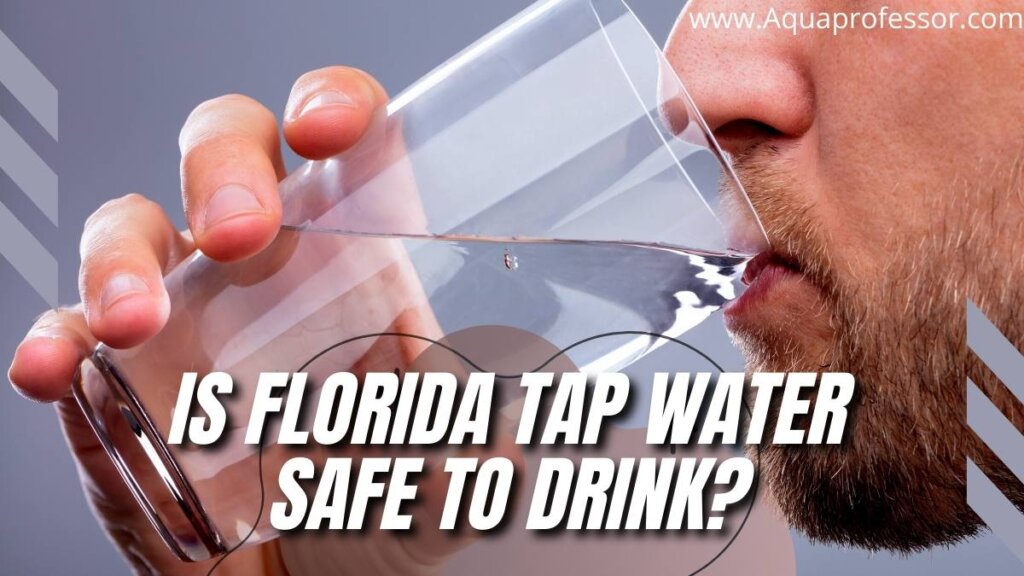
Florida ranks as the 2nd worst state in the United States in terms of SDWA (Safe Drinking Water Act).
So, the question is: Is Florida Tap Water Safe To Drink?
According to the EPA (Environmental Protection Agency), the level of contaminants in the city’s tap water is below the federal drinking water standard. So technically, Florida’s tap water is drinkable and safe for public health.
However, these limits are considered “inadequate and outdated” by the EWG (Environmental Working Group) organization, an influential NGO working on the research of drinking water pollutants.
If you are already confused about this EPA vs. EWG conflict on the city’s tap water, then simply follow along.
In this guide, we’ll take you through the source of Florida water, the contaminants found in the water, and the ways to detect the contaminants through smell and taste. We will also guide you on what to do when you detect poor water taste.
Here we go!
- What is the Source of Florida’s Tap Water, and Why Is It So Prone To Contamination?
- What Are The Various Contaminants Found In Florida’s Tap Water?
- Why Is Florida Tap Water So Bad In Taste, Smell, And Appearance?
- What To Do If You Find Your Florida’s Tap Water Tastes Weird?
- What Are The Other US Cities With Poor Water Quality?
- Is Florida Tap Water Safe To Drink FAQs
What is the Source of Florida’s Tap Water, and Why Is It So Prone To Contamination?
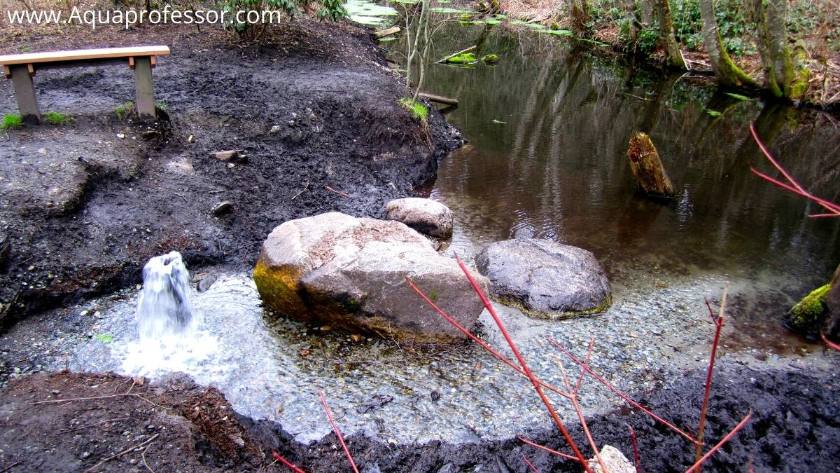
Unlike most other US states that receive surface water, Florida sources 92% of its tap water from groundwater wells. The freshwater is collected between the aquifers – the underground layers of rock built of porous limestone.
Most of the time, the water sourced from the ground level is contaminant-free and has no physical impurities. However, it has been found that underground aquifers are easily adulterated with harmful chemical impurities.
This easy contamination in groundwater is the result of a thin soil layer, high water table, quick increase in population, porous limestone, and heavy rainfall.
Some other sources of contamination are:
Bacteria can easily make their way through poorly maintained water pipelines.
Also Read: 7 Ways To Maintain A Healthy Urinary System
What Are The Various Contaminants Found In Florida’s Tap Water?
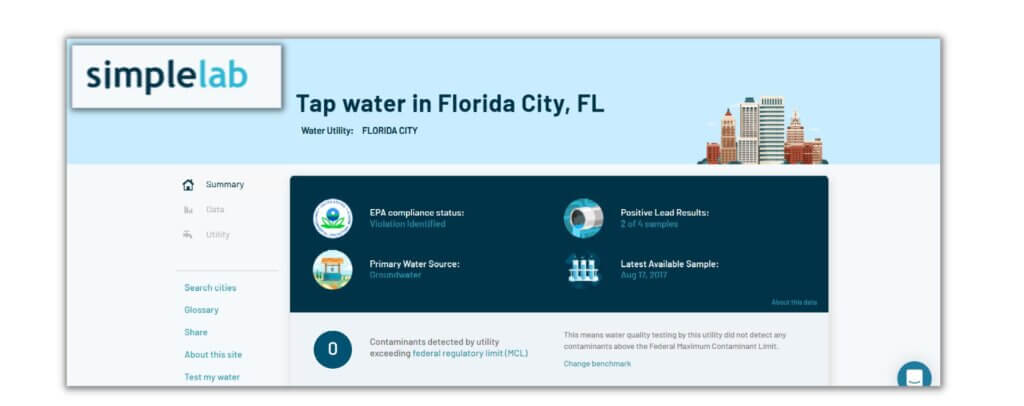
Despite the continuous efforts made by the government to provide cleaner water, there are some contaminants of concern that are still found in most water utilities in Florida.
In order to get the actual data on chemical impurities found in Florida, We dug deep into the EWG’s tap water database.
Below is the list of chemical contaminants that we found through the data:
1️⃣ Total Trihalomethanes (TTHMs)
TTHMs are a group of Chloroform, bromodichloromethane, dibromochloromethane, and bromoform. It is formed when chlorine (water disinfectant) is combined with other disinfectants or organic materials. Therefore, water with high-chlorine content is prone to TTHMs.
According to various studies, this chemical group is carcinogenic, meaning it can cause deadly cancer in humans. Its consumption can also cause complications during pregnancy, cardiovascular disease, and liver, kidney, and intestine tumors.
Tap water in most states is safe to drink due to the below-limit amount of TTHMs. However, a few utilities have been found to have an over-limit amount, which is considered unsafe drinking water.
After California, Texas, and New York, Florida ranks fourth regarding how many TTHMs are reported in the water source.
Also Read: How To Remove Chlorine In Tap Water
2️⃣ Haloacetic acids (HAA5 and HAA9)
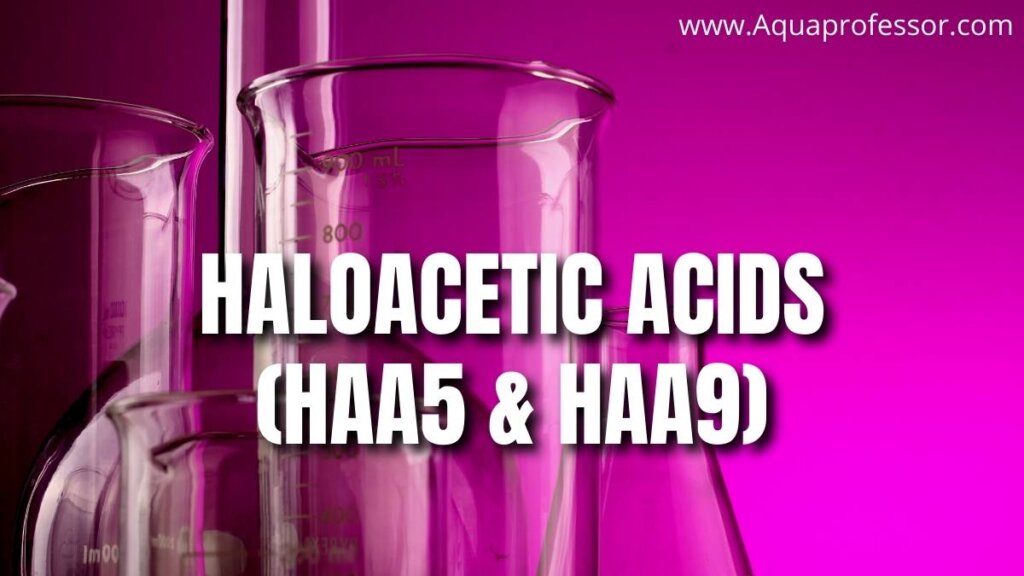
HAAs are a byproduct of the chlorine-based disinfection process, where chlorine reacts with naturally occurring organic material. A HAA5 variant is a group of five acids, and the HAA9 is a group of nine acids.
Why Fear HAA5?
These are pretty harmful to pregnant women and may increase the risk of cancer.
What’s more? It has been found that HAAs are genotoxic, which can lead to DNA damage.
Fortunately, the group of nine acids (HAA9) has never been found above safe levels in drinkable tap water. But, there are a few cases where HAA5 has been found above the advisory level.
Don’t worry! Filtration techniques—RO and activated carbon systems—can quickly reduce these chemicals in drinking water.
After California and Texas, Florida grabs the third position regarding how much HAA5 and HAA9 are reportedly available in the water.
3️⃣ Radium, combined (-226 & -228)
Radium is another common contaminant of concern in the public water system of Florida. So, you might wonder what radium is beyond its chemistry definition.
Here is the truth:
Radium is a carcinogenic radioactive element that can reportedly have adverse health effects like bone cancer, tumors, leukemia, and skin/blood damage. The most common variants of radium are radium-226 and radium-228.
Unfortunately, Florida sits in the second position, only after Texas, in terms of radium content in faucet water. As per the EWG data, 148 million people have been served radium-infected water.
There are some methods to remove radium from your water utility. You can install:
4️⃣ Nitrate
Nitrate is a common chemical impurity present in water, especially in agricultural areas. The causes of Nitrate pollution include:
Potentially, nitrate water can result in problems during pregnancy and baby development. Not only this, but it can also cause hypothyroidism in women along with cancer. As per the latest estimates, nearly 237 million people have been served water with detectable nitrate.
It is crucial to find if your tap water has nitrate and, if yes, how much. It will help you choose the best filtration option for your household water supply. More important is to stop being ignorant about wastewater management and chemical disposal.
Also Read: Hydroviv vs Frizzlife vs Epic
5️⃣ Arsenic and Chromium-6
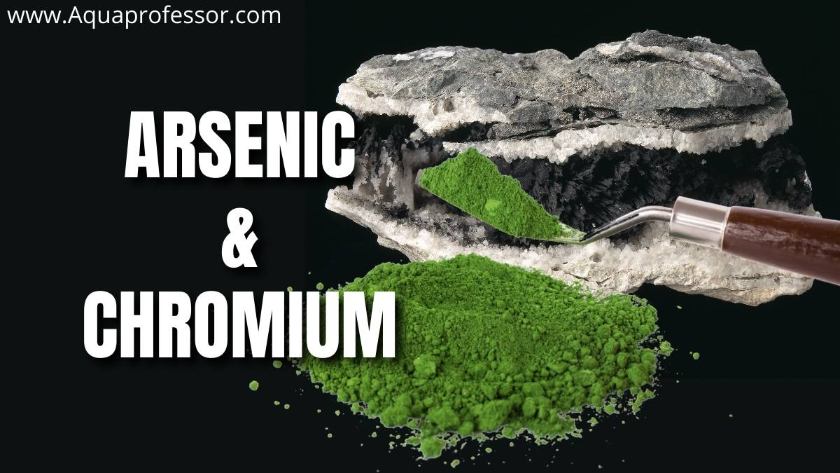
Perhaps everyone has heard of the chemical impurities: Arsenic and Chromium (hexavalent). These are pretty common in the United States and are detected in all 50 states.
These reach the water through natural, industrial and agricultural sources, maybe through mining or poor wastewater management. It reaches the soil and water and eventually affects the water quality. Reportedly, 108 million people have been served arsenic in drinking water so far.
Whereas, Chromium-6 water has been served to 251 million people. EPA’s survey disclosed that three-fourths of water tested had Chromium-6 concentrations.
Health hazards:
The most common health risk caused by these contaminants is cancer. Other common health effects include skin damage, nervous and reproductive system damage, brain and liver damage, heart problems, and diabetes.
Therefore, it is advisable to get your water tested to take early precautions. Reverse osmosis and ion exchange systems can reduce the arsenic levels in the water.
Also Read: Phoenix Tap Water Tested
6️⃣ Chlorate
Chlorate is another disinfection byproduct with potentially harmful health impacts during pregnancy and childhood. It is naturally made when chlorine, a disinfectant, reacts with organic matter.
This contaminant has been found in all 50 states, and the contaminant-filled water has been served to 208 million people so far.
7️⃣ Uranium
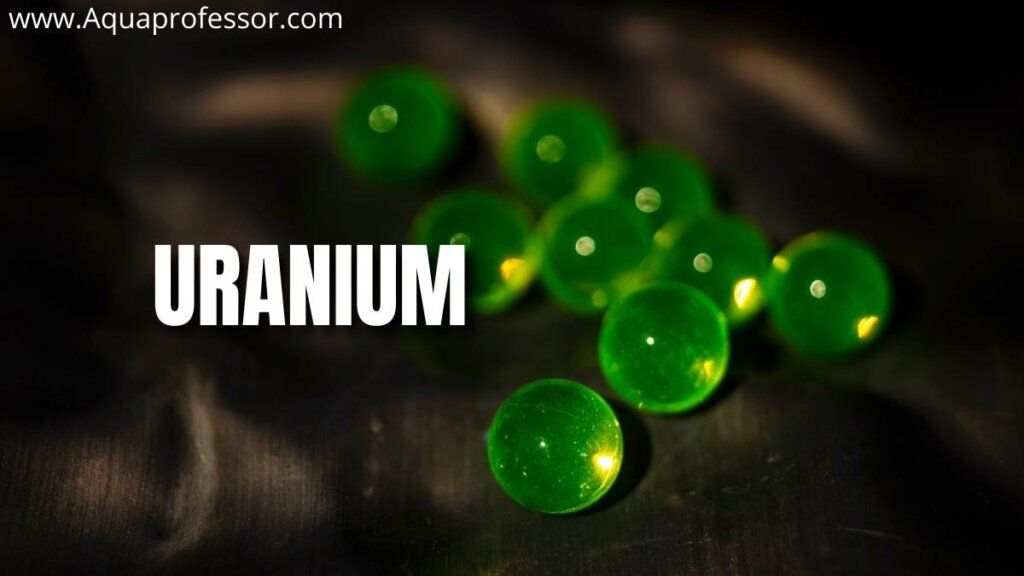
Uranium is a common contaminant of concern. It is considered a carcinogen and can also damage the kidney. It has been detected in 45 states of the United States.
Over 135 million utilities reportedly supply Uranium-contaminated water to around 3 million people. After California and Texas, Florida is ranked third in terms of the number of people served with Uranium.
8️⃣ Perfluorooctane Sulfonate (PFOS)
PFOS is a fluorinated organic chemical widely used in consumer products, like non-stick utensils, and food wrappers, among many others.
This contaminant has been detected in 28 states of America and can potentially cause cancer, hormone disruption, liver and immune system damage, and harm to child development.
Florida ranks fourth in the ranking of people served with PFOS chemicals. Through 26 utilities, water has been delivered to more than 3 million people across Florida.
To reduce the concentration of these harmful toxins, you can install water filters with an activated carbon filter or a reverse osmosis system.
Why Is Florida Tap Water So Bad In Taste, Smell, And Appearance?
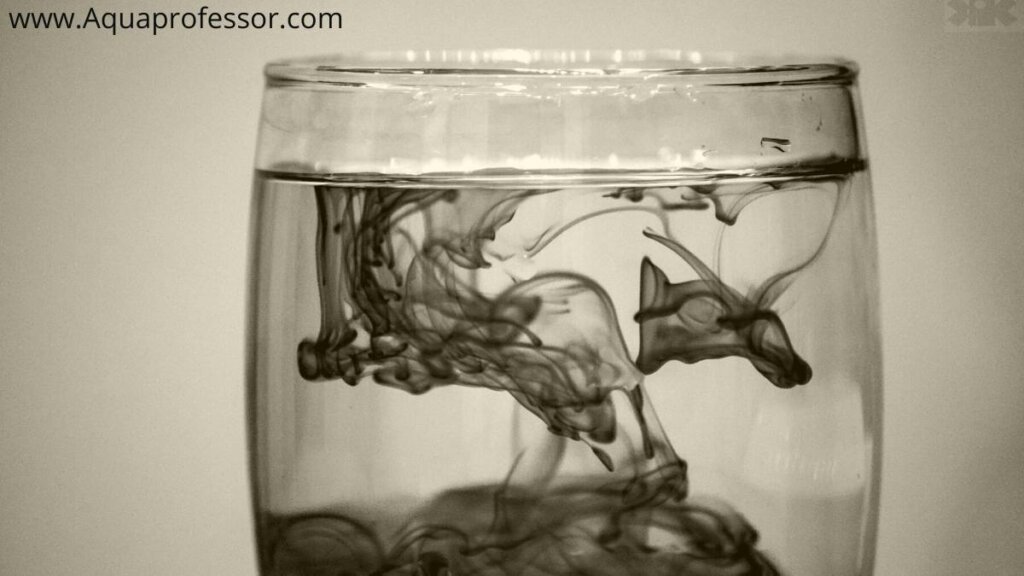
There can be many reasons behind experiencing a bad taste or smell from your tap water. Since smell and taste are subjective, we can not list a single reason for everybody’s experience.
But, we can help you figure out the causes by telling you the taste of common contaminants. So, here you go:
| Contaminant | Taste |
| High TDS | Harsh/salty |
| High Chlorine | Salty/swimming pool taste |
| High concentration of iron, zinc, magnesium, or other heavy metals | Metallic taste |
| Sulfur | Rotten egg |
| High pH | Bleachy |
| Low pH | Bitter/metallic |
Apart from this, you may experience a dirty, fishy, or algae-like smell from your tap water; this can be due to untreated water.
A foul odor can be due to several reasons.
Your tap water may look odd again due to a variety of reasons.
What To Do If You Find Your Florida’s Tap Water Tastes Weird?
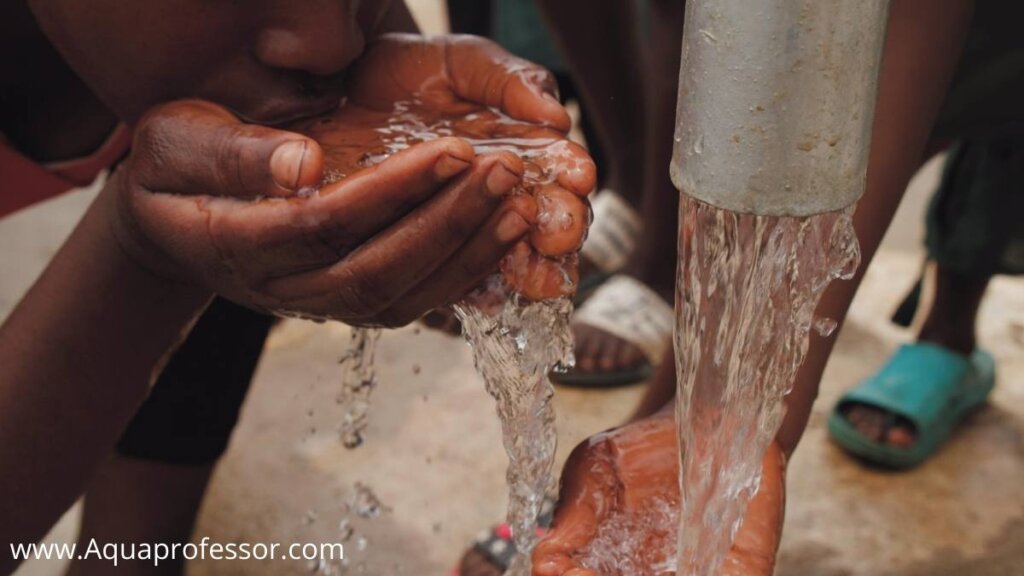
Firstly, it is highly advised to stop drinking water with poor taste. It would be best to immediately get your water quality tested at any certified private laboratory. The results will tell you the exact cause of the poor taste.
Now is the time to get a filtration system installed.
Depending on the type of contaminant detected it can be a reverse osmosis system, an activated carbon filter, a softener, or an ion exchange system, depending upon the type(s) of contaminant detected.
Around two years ago, I faced exposure to arsenic in my house’s tap water. After getting my water quality checked, I installed an ion exchange filtration system, and luckily, the water became cleaner, tastier, and healthier.
What Are The Other US Cities With Poor Water Quality?

⭐ Flint, Michigan (Genesee Township)
Genesee Township sources its drinking water from purchased surface water and serves around 8000 people. It has been found, by the EWG data, that a total of 16 contaminants were detected from the testing.
Out of this, ten chemical contaminants exceeded the limit.
The top contaminants which exceeded the guidelines are bromodichloromethane, bromochloroacetic acid, Haloacetic acid (HAA5 and HAA9), TTHMs, and radium. Some of these have crossed the limit by 150 to 378 times.
⭐ Pittsburgh, Pennsylvania (Pennsylvania American Water Pittsburgh)
Pennsylvania American Water Pittsburgh sources its water from the surface water and serves nearly seven hundred thousand people. The EWG reports show that 21 contaminants have been detected in the tap water. Out of these, 11 have exceeded the limits laid down by EWG.
On the top are TTHMs, Haloacetic acids, Bromodichloromethane, Chromium-6, Chloroform, and Trichloroacetic acid. Some of these have exceeded the limit by 250 to 350 times. Unfortunately, all these are carcinogenic substances.
⭐ Milwaukee, Wisconsin (Milwaukee Waterworks)
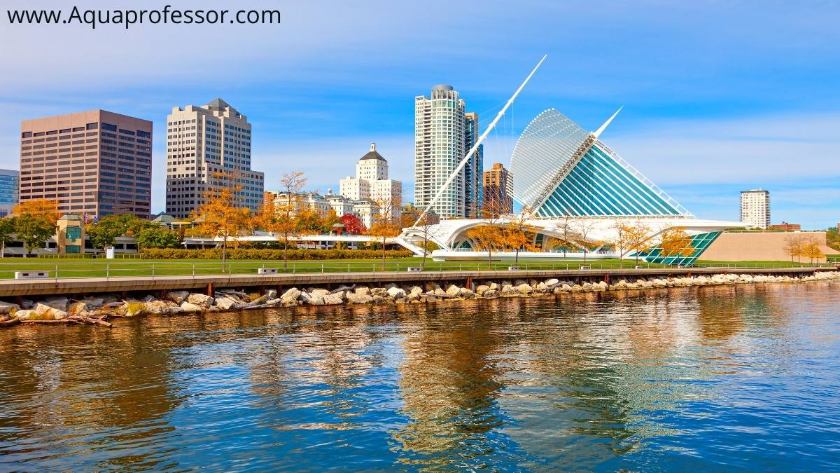
Milwaukee Waterworks sources water from surface water and serves more than six hundred thousand people. As per the EWG report, 30 contaminants have been detected, out of which 15 exceed the EWG health guidelines.
Out of the 15 contaminants that exceeded the guidelines, arsenic, TTHMs, Haloacetic acids, and radium have been on the top. More than half of the contaminants have cancer risk in common.
⭐ Miami (Miami Dade County)
Miami Dade Water and Sewer authority sources its water underground and serves more than 2 million people. The EWG data reports that 24 contaminants have been detected. Out of which, eight have exceeded the set limit.
The top listed contaminants are arsenic, Haloacetic acids, and TTHMs. These have exceeded the limit by 200 to 300 times. Some contaminants have crossed the limit by less than ten times: Chromium-6, PFOS, Radium, and PFHPA.
Is Florida Tap Water Safe To Drink FAQs

Is Miami Tap Water Safe To Drink?
Yes, it is safe to drink Miami’s tap water, as acknowledged by EPA. It is because though 20 contaminants have been detected in the tap water of Miami, they are within the EPA legal limits, and the water is disinfected through Chloramine.
However, EWG (The Environmental Working Group) has deviated from the safety guidance of EPA, saying that 8 of these 20 contaminants still threaten people’s health, even if they are intaken in small amounts.
The eight contaminants pointed out by EWG as exceeding its health guidelines are:
-Chromium
-Haloacetic acids (HAA9 and HAA5)
-Arsenic
-PFOS (perfluorooctane sulfonate)
-TTHMs (total trihalomethanes)
-PFHPA (perfluorooctanoic acid) and
-Radium combined (-226 and -228).
Does Florida water have chloramine?
Yes, recently, 30 water systems in Florida have switched to chloramine from chlorine as a disinfectant. It is because chloramine, a combination of chlorine and ammonia, does not impart any smell or taste nor form TTHMs by combining with organic matter. So, more utilities will soon switch from chlorine to chloramine.
Does Florida tap water contain fluoride and chlorine?
Yes, Florida tap water does contain fluoride and chlorine. Fluoride is artificially added to improve dental health. Around 77% of Florida households receive fluoride in water. Chlorine is a disinfectant, which is also added artificially to clean water.
Is Florida well water hard?
Yes, the well water of Florida is very hard. Since the water remains underground between the limestone rocks for a long time, a high concentration of minerals gets dissolved; the high mineral content results in hard water.
Why does Florida Water have sulfur?
Aquifers provide water in Florida. Water seeps down to the aquifers (huge underground rocks) when it rains, taking along the organic residue and vegetable waste. This organic matter gets converted into sulfur in the due course of time.
Were there cases of brain-eating amoeba found in Florida?
Yes, there have been cases of brain-eating amoeba in Florida. Since 1962, 35 people have been infected by a brain infection. Despite the continuous efforts made by the government to remove bacteria and contaminants, amoeba still survives and grows in untreated water. Therefore, treating and disinfecting water from time to time is advisable.
Adarsh is a Health & Nutrition Sciences graduate with expertise in environmental health. He is associated with ventures like Glacier Fresh Filter and Simpure Filter Systems. Through Aqua Professor, he intends to provide helpful information to every home to help them make smarter decisions.
